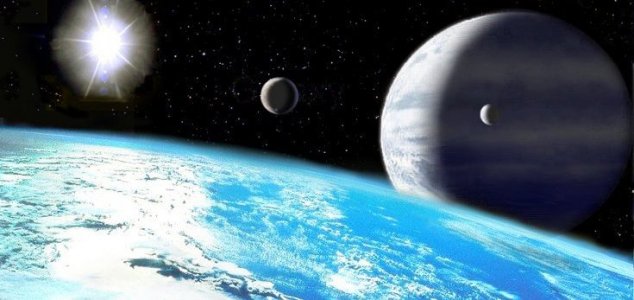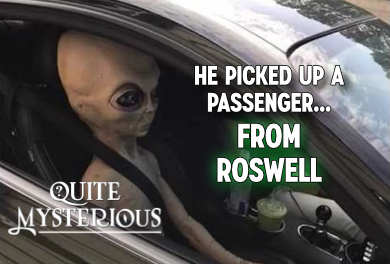Space & Astronomy
May 3, 2016 · 11 comments
11 comments

Have scientists found an Earth 2.0 ? Image Credit: CC BY-SA 3.0 Luciano Mendez
Extrasolar planets are typically identified by observing them transiting in front of their parent star, a technique that can also be used to determine their size and orbital distance.
This method can also potentially reveal information about a planet's atmosphere, but because the parent star in most cases is extremely bright it is usually impossible to make anything out.
Now though, by identifying planets around extremely cool and dim stars, astronomers are hoping to get around this problem and to observe the atmospheres of extrasolar worlds directly.
This latest discovery, which was made around an ultracool star 39 light years away, features one planet in particular out of the three that appears to be a prime candidate for further study.
When the James Webb Space Telescope arrives in 2018 it should even be possible to observe the atmospheres of these worlds and find out if anything might be living there.
"Systems around these tiny stars are the only places where we can detect life on an Earth-sized exoplanet with our current technology," said study lead author Michael Gillon.
"So if we want to find life elsewhere in the universe, this is where we should start to look."
Source: Popular Science | Comments (11)
Three new Earth-sized planets discovered
By T.K. RandallMay 3, 2016 ·
 11 comments
11 comments
Have scientists found an Earth 2.0 ? Image Credit: CC BY-SA 3.0 Luciano Mendez
Astronomers have identified three new terrestrial worlds around a relatively close 'ultracool' star.
The hunt for a habitable planet outside our solar system has received a substantial boost this week thanks to the discovery of three temperate Earth-sized worlds in orbit around a star that, despite being relatively close, is so dim that it is not even possible to see it without the use of a telescope.Extrasolar planets are typically identified by observing them transiting in front of their parent star, a technique that can also be used to determine their size and orbital distance.
This method can also potentially reveal information about a planet's atmosphere, but because the parent star in most cases is extremely bright it is usually impossible to make anything out.
Now though, by identifying planets around extremely cool and dim stars, astronomers are hoping to get around this problem and to observe the atmospheres of extrasolar worlds directly.
When the James Webb Space Telescope arrives in 2018 it should even be possible to observe the atmospheres of these worlds and find out if anything might be living there.
"Systems around these tiny stars are the only places where we can detect life on an Earth-sized exoplanet with our current technology," said study lead author Michael Gillon.
"So if we want to find life elsewhere in the universe, this is where we should start to look."
Source: Popular Science | Comments (11)

The Unexplained Mysteries
Book of Weird News
AVAILABLE NOW
Take a walk on the weird side with this compilation of some of the weirdest stories ever to grace the pages of a newspaper.
Click here to learn more

Support us on Patreon
BONUS CONTENTFor less than the cost of a cup of coffee, you can gain access to a wide range of exclusive perks including our popular 'Lost Ghost Stories' series.
Click here to learn more
Extraterrestrial Life and The UFO Phenomenon
Cryptozoology, Myths and Legends
Spirituality, Religion and Beliefs
Science and Technology
Total Posts: 7,752,176 Topics: 324,054 Members: 203,517
Not a member yet ? Click here to join - registration is free and only takes a moment!
Not a member yet ? Click here to join - registration is free and only takes a moment!

































Please Login or Register to post a comment.